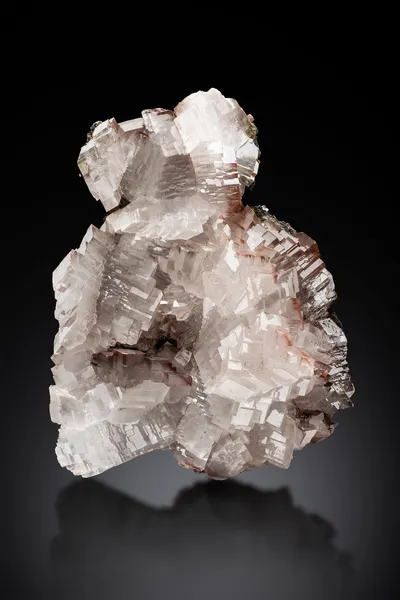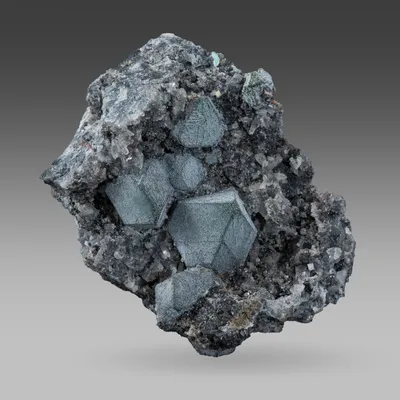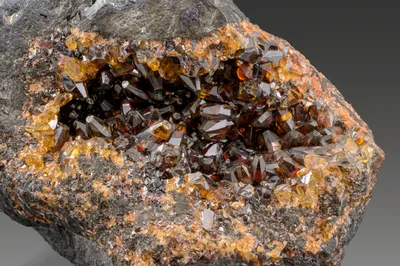Title
söhngeite
Composition
Ga(OH)3
Crystal System
Tetragonal
Status at Tsumeb
Confirmed
Abundance
Extremely rare
Distribution
Second oxidation zone.
Paragenesis
Supergene.
Type Locality
Yes
Entry Type
Species TSNB325
Type Mineralogy
Namibian mineral dealer Sid Pieters submitted for study a specimen of corroded germanite rich ore from the second oxidation zone. White to pale-brown crystalline aggregates of an unidentified mineral occurred in cavities in the matrix. The unidentified mineral, IMA 1965-022, was the first gallium mineral described from Tsumeb and was named söhngeite in honour of Dr A. P. G. Söhnge (1913-2006), chief geologist at Tsumeb between 1950 and 1968 (Strunz 1965; Southwood 2022). The structure of söhngeite was reviewed by Scott (1971) who considered söhngeite to be orthorhombic, and later by Welch and Kleppe (2016) and by Mitchell et al. (2017) who showed that it is tetragonal. Type material is conserved at the Institut für Mineralogie und Kristallographie, Technische Universität, Berlin (catalogue numbers 88/68 and 89/122).
General Notes
Söhngeite was the first non-sulphide mineral described containing essential gallium (from any locality). It is classified as a non-stoichiometric perovskite group mineral (Back 1922) but the correct determination of its symmetry and structure has been problematic. Strunz (1965) considered it to be cubic, based on its XRD pattern and pseudo-cubic twinning. Scott (1971) determined it to be orthorhombic, but a modern structural analysis has shown that it is tetragonal (Welch and Kleppe 2016; Mitchell et al. 2017).
Pinch and Wilson (1977) described "… white to pale yellow, pale brown and pale greenish yellow crystal intergrowths in which three sets of crystals intersect at mutually perpendicular angles". Crystals (to 8 mm) were recovered from between 30 Level and 36 Level in the second oxidation zone. The curved surfaces of the crystals frustrated attempts to index the faces or identify the twin law.
According to Gebhard (1999) it was believed that all specimens of söhngeite exhibit the characteristic perpendicular twinning until a single specimen was discovered (by Gebhard) consisting of a "… perfect single, un-twinned gemmy, pseudo-cubic rhomb of 1 mm".
An excellent specimen in the collections of the Natural History Museum, London (catalogue number BM.1975,398) comprises a 7 mm composite crystal of twinned, yellowish-green söhngeite on a massive sulphide matrix with a little ivory-white calcite in association.
Associated Minerals
bartelkeite; calcite; chalcocite; fleischerite; galena; gallite; germanite; gordaite (?); quartz; renierite; siderite; tennantite-(Zn); tsumgallite





